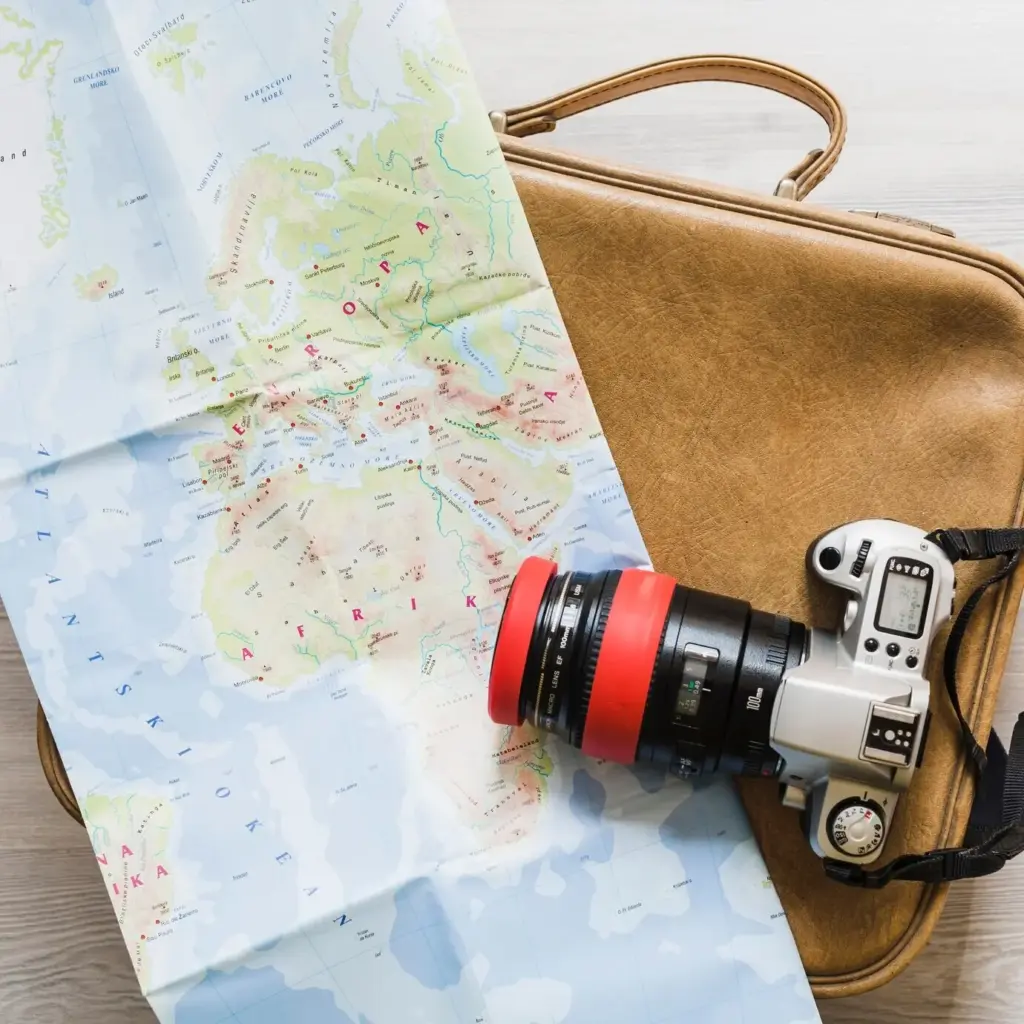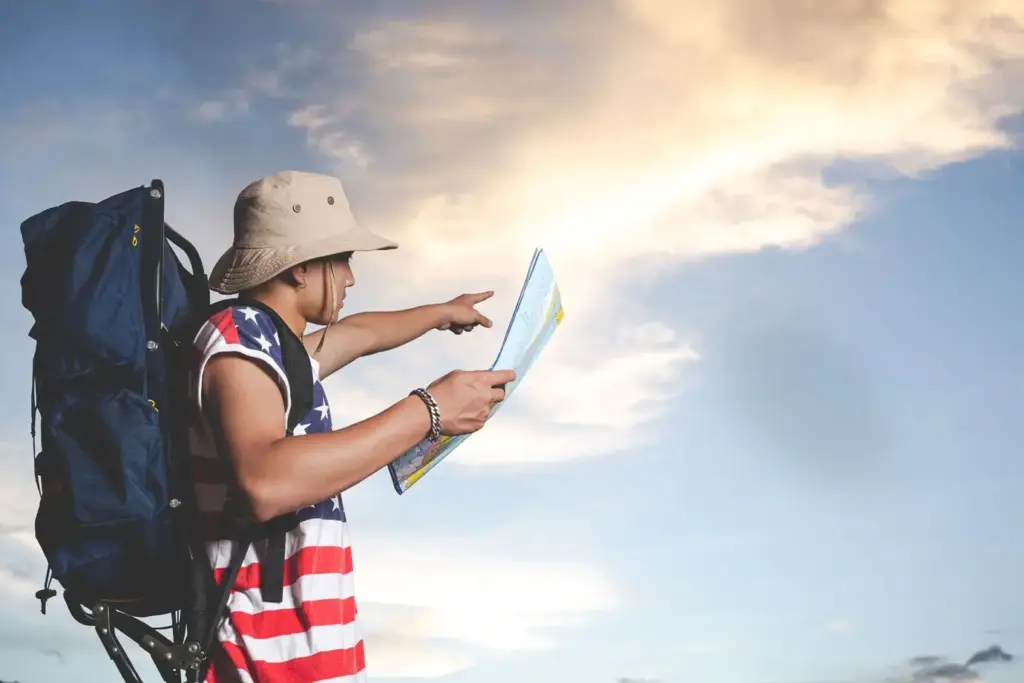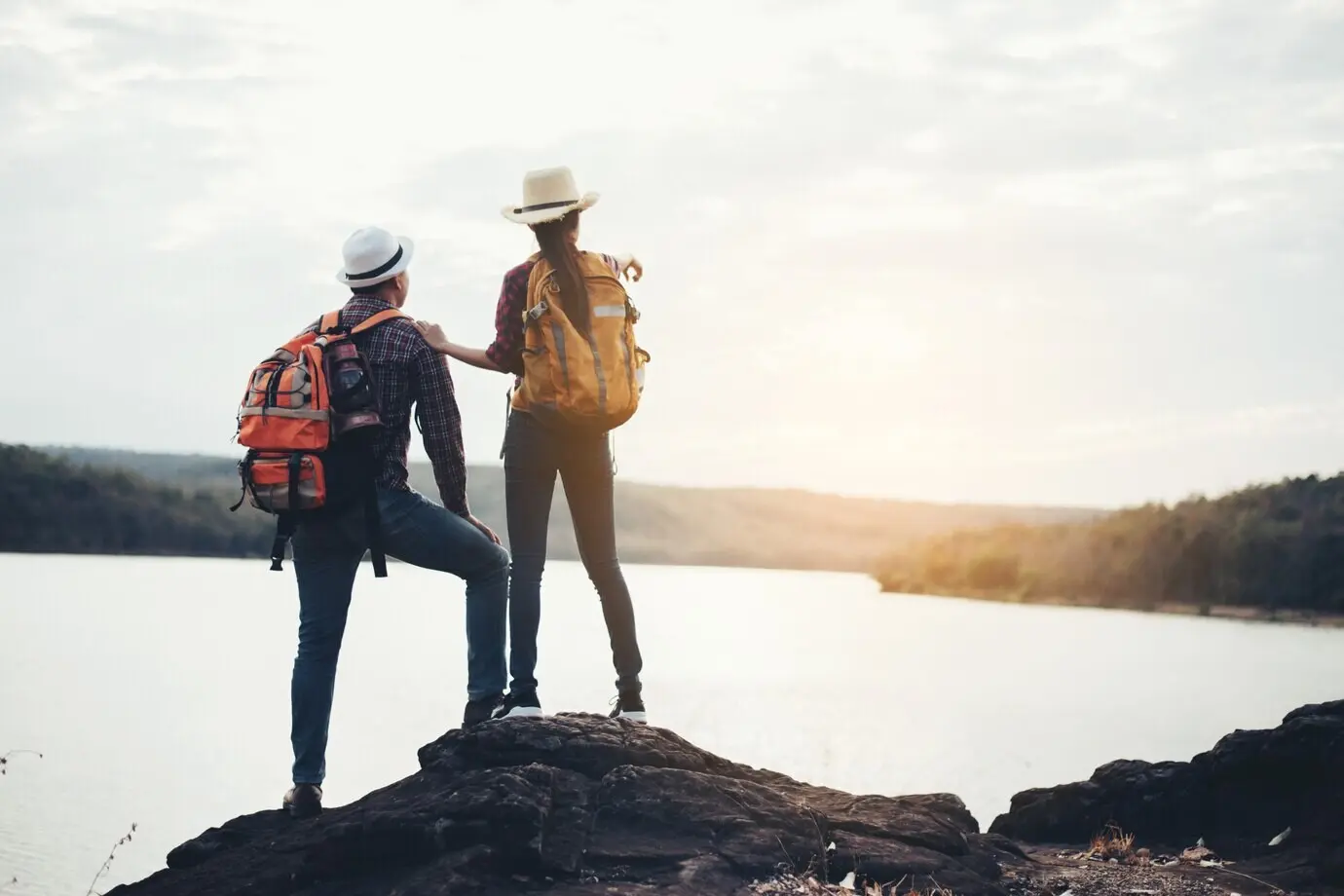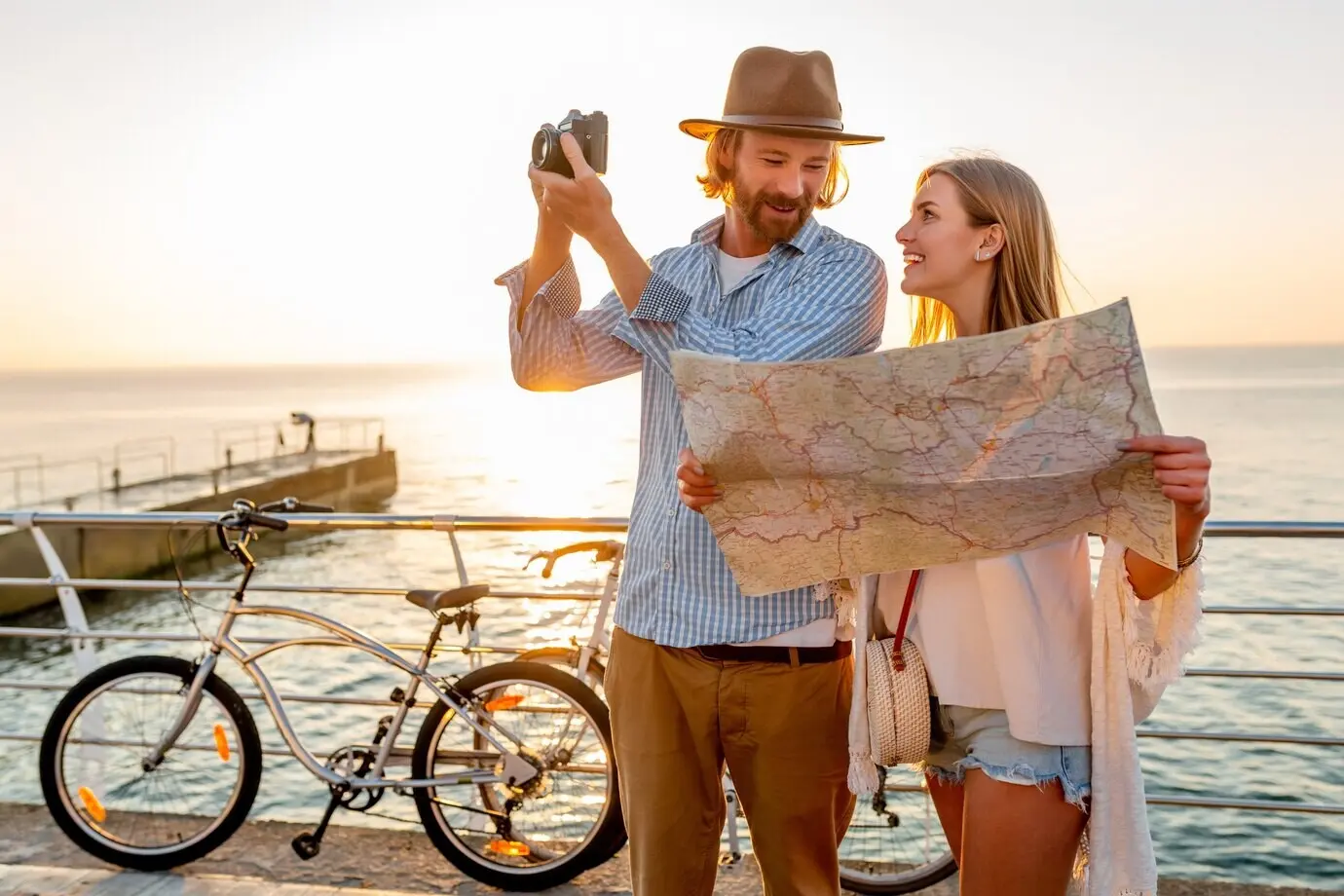Guided by the Land and Its First Peoples
Protocols and Consent
Gifts, Support, and Fair Exchange
Journeys Across Regions
Pacific Northwest Coast
On coastal territories, cedar is teacher and relative. Guided visits may include big-house welcome protocols, canoe teachings, or carving demonstrations that reveal how masks and poles hold lineage, law, and memory. Some sites are sacred and off-limits; hosts will guide respectful behavior. Seasonal harvests and tides influence itineraries, and weather can shift quickly. Support Indigenous-owned galleries and tours so revenue remains with families and apprentices sustaining these remarkable artistic traditions.
Prairies and Métis Homelands
Grasslands hold buffalo stories, star knowledge, and dances that honor community. Powwow etiquette includes asking before photos and listening for announcer instructions during grand entry, flag songs, or honor songs. Métis guides might share jigging, fiddle music, and Michif language, connecting movement with history and homeland. Learn about prairie medicines and the return of buffalo to Indigenous stewardship projects. Choose operators who involve Elders, youth, and local knowledge keepers in meaningful, shared leadership.
Arctic and Subarctic
In northern communities, seasons shape everything. Inuit-led experiences may feature throat singing, storytelling, country food tastings, or learning how snow, sea ice, and sky inform travel and safety. Dene hosts might share fish camp practices, drum songs, or teachings about northern lights. Logistics can be intricate: plan for limited flights, weather delays, and high-demand seasonal windows. Booking early with community-run operators ensures your visit supports local guides, artists, and guardians of the land.
Living Traditions and Hands-On Learning
Canoes, Drums, and Carving
Guided sessions may begin by acknowledging the responsibilities carried by canoes and drums. You might observe cedar being split, handles shaped, or hides stretched, while hearing how songs, designs, and tools connect families and territories. Safety and stewardship are central, from tool handling to sourcing materials. Progress is slow and patient, honoring teachers and apprentices working together. Completing even a small step fosters gratitude for the generations who keep these practices alive.
Beading, Quillwork, and Regalia
Beading circles welcome careful hands and attentive hearts. Patterns hold teachings, family stories, and Nation-specific styles, while quillwork demands patience, respectful sourcing, and precise technique. Regalia is deeply personal, not costume; always ask before touching or photographing. Expect to learn about color symbolism, materials, and historical continuity through contemporary makers. Purchasing directly from artists sustains livelihoods, funds workshops for youth, and ensures authenticity that honors lineage, effort, and cultural guidance.
Foods from the Land
Community cooks may invite you to sample seasonal foods such as smoked salmon, wild rice, berries, bannock, or country foods offered with care. Recipes reflect geography, trade, and ancestral knowledge of harvesting and preservation. Dietary preferences should be discussed respectfully in advance. Tasting becomes storytelling, linking tides, migration, fire, and language to everyday nourishment. Remember that some foods carry ceremony or restrictions; hosts will clarify what is shared and what remains within community.




Stories, Language, and Worldviews
Community Impact and Responsible Choices

Choosing Indigenous-Owned Operators
Look for businesses listed by the Indigenous Tourism Association of Canada or community tourism offices. Read how guides are trained, which Elders advise, and how profits are reinvested. Ask about consent for cultural content and photo use policies. Favor smaller group sizes to reduce impact and increase learning. When you recommend experiences, credit the operator by name and community, helping future travelers find authentic, community-led opportunities that respect culture, time, and protocols.

Environmental Stewardship on the Land
Guides may introduce guardians programs, seasonal closures, or sensitive habitats requiring special care. Follow instructions on waste, boat wakes, trail use, and wildlife distance. Even familiar outdoor practices can change in places that hold ceremony or archeological significance. Pack out everything, avoid loud drones, and keep group numbers manageable. Stewardship is not a checklist; it is an ongoing relationship with the places sustaining us, shaped by community leadership, monitoring, and shared responsibility.

Measuring Your Footprint
Consider staying longer in fewer places, traveling by ground where possible, and supporting local food systems to reduce transport emissions. Offset unavoidable travel through credible programs, ideally those engaging Indigenous partners. Carry a reusable bottle and utensils, and ask about community preferences for minimizing waste. Thoughtful planning communicates care, demonstrating that your curiosity is matched by responsibility. Small decisions, multiplied by many travelers, help keep waters, berries, and trails healthy for future generations.
Planning, Seasons, and Practicalities
Join the Conversation and Keep Learning





